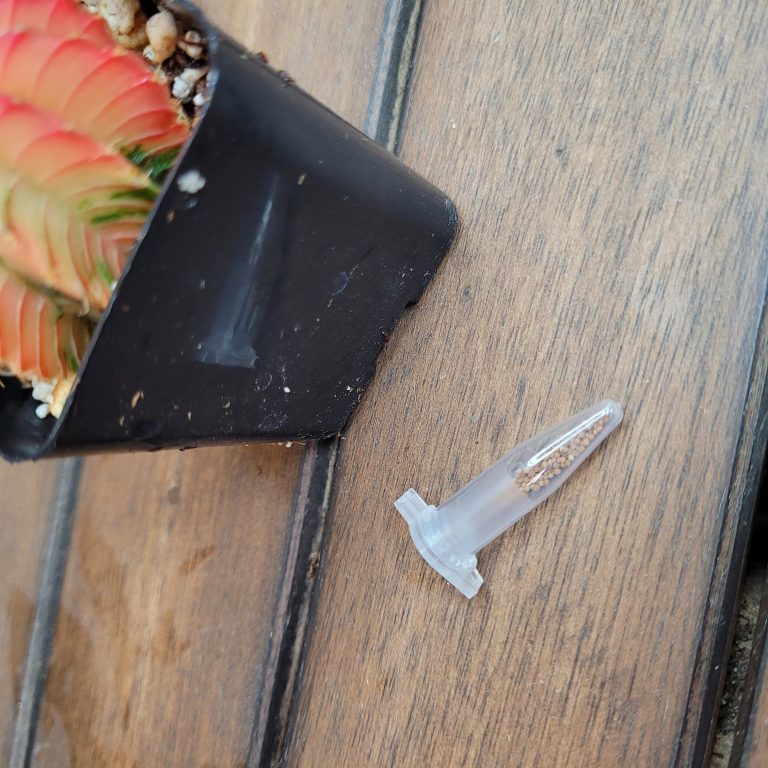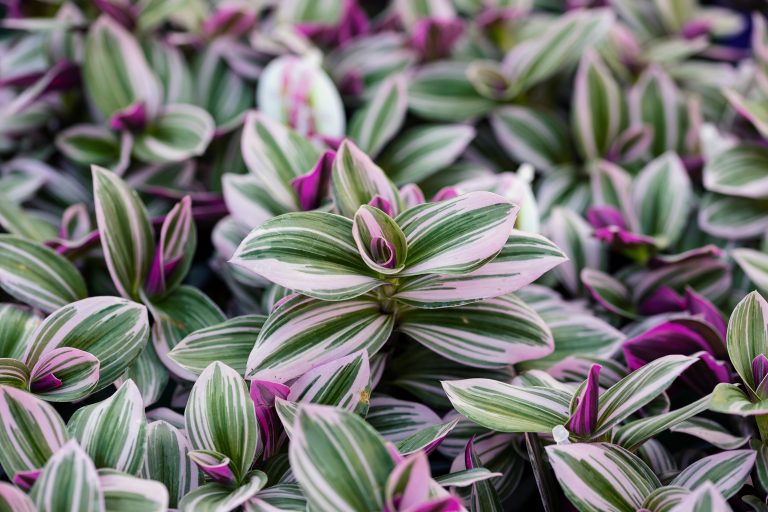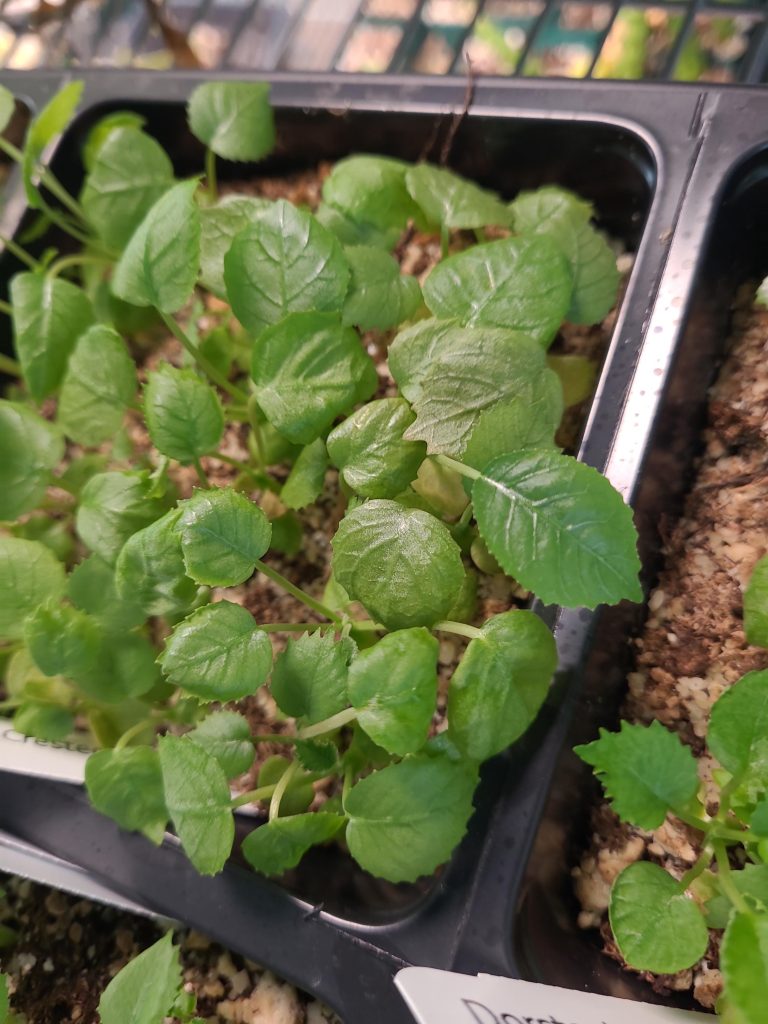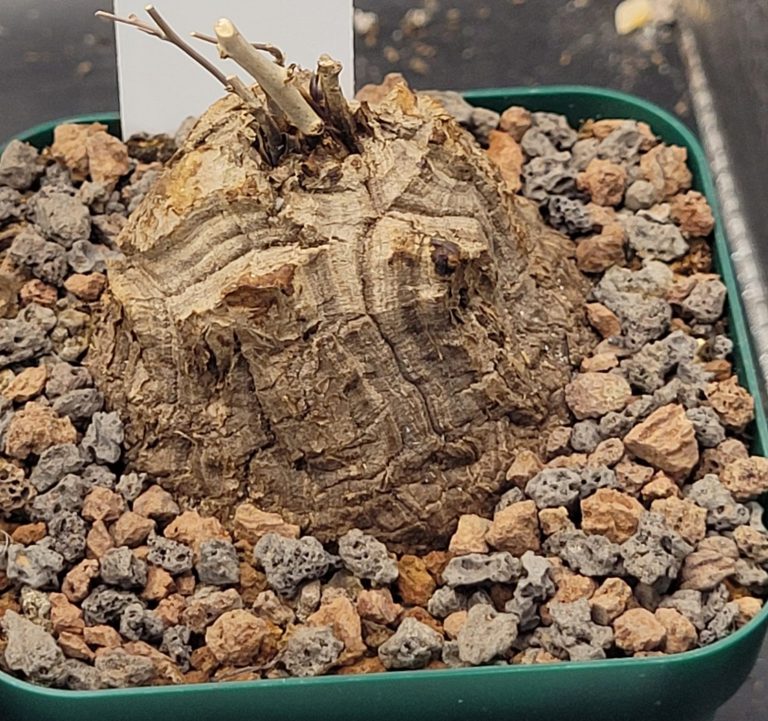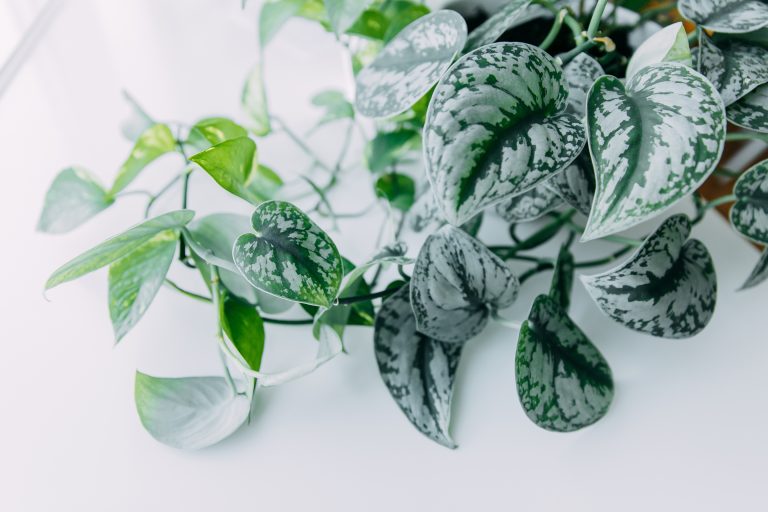Brachystelma is an exotic and fascinating genus of succulents that often captures the attention of plant enthusiasts. The Brachystelma ssp. Thailand bulb, in particular, is a unique plant known for its delicate blooms and distinct bulbous form. Growing one of these bulbs requires patience, but the rewards are well worth it. In this blog post, we’ll cover everything you need to know to care for and nurture your Brachystelma ssp. Thailand bulb.
Step 1: Choosing the Right Pot and Soil
One of the most important steps to ensuring your Brachystelma bulb thrives is picking the right pot and soil mix.
Pot Selection:
- Choose a small, shallow pot with good drainage. Clay or terracotta pots are ideal because they allow for better airflow and help prevent water retention, which can cause rot.
- Make sure the pot has drainage holes, as the Brachystelma bulb is highly sensitive to waterlogged soil.
Soil Mix:
- Use a well-draining cactus or succulent mix. You can create your own by combining:
- 2 parts cactus potting soil
- 1 part perlite or pumice for improved drainage
- 1 part coarse sand
- The soil should drain quickly to prevent water from sitting around the bulb, which can lead to rot.
Step 2: Planting the Bulb
When you plant your Brachystelma bulb, follow these steps to give it the best start possible:
- Position the Bulb Properly: Place the bulb with the pointy side facing up. Bury the bulb halfway into the soil, ensuring the top of the bulb is exposed. This is important to prevent the bulb from rotting.
- Watering After Planting: Water lightly after planting to settle the soil around the bulb. After this initial watering, allow the soil to dry out completely before the next watering. Brachystelma bulbs are prone to rot if overwatered, so it’s better to err on the side of caution.
Step 3: Light Requirements
Brachystelma ssp. Thailand bulbs thrive in bright, indirect light. Here’s what you should aim for:
- Indirect Sunlight: Place the plant in a location where it gets bright, indirect sunlight. A sunny windowsill that doesn’t receive too much direct sun in the middle of the day is ideal.
- Avoid Direct Sunlight: Intense direct sunlight, especially during the hottest part of the day, can burn the leaves and dry out the bulb too quickly.
Step 4: Watering Schedule
Watering can be tricky for Brachystelma bulbs, as they are prone to rot if overwatered. Follow these watering guidelines to keep your bulb healthy:
- Water Sparingly: During the growing season (spring and summer), water once the top 1-2 inches of soil has dried out. The bulb does not like sitting in wet soil, so allow it to dry between waterings.
- Reduce Watering in Winter: In the dormant season (fall and winter), reduce watering significantly. The bulb will need very little water during this time—water only when the soil is completely dry, and even then, only lightly.
Step 5: Temperature and Humidity
Brachystelma bulbs thrive in warm, dry climates similar to their native environment.
- Ideal Temperature Range: Keep the plant in temperatures between 60°F and 85°F (15°C and 29°C). Avoid exposing it to temperatures below 50°F (10°C) as it can harm the bulb.
- Humidity: These bulbs prefer low to moderate humidity levels. If your home is particularly humid, make sure to increase airflow around the plant by placing it in a well-ventilated area.
Step 6: Fertilizing Your Bulb
Brachystelma bulbs do not require heavy feeding, but a little bit of fertilizer during the growing season can encourage healthy growth.
- Fertilize in Spring and Summer: Use a diluted cactus or succulent fertilizer once a month during the active growing season (spring and summer).
- Avoid Fertilizing in Dormancy: Do not fertilize during the plant’s dormant period (fall and winter) as the bulb is not actively growing and doesn’t need extra nutrients.
Step 7: Pruning and Maintenance
Brachystelma ssp. Thailand bulbs are generally low-maintenance, but here are a few tips to keep your plant in top shape:
- Pruning: Occasionally, you may need to remove dead leaves or spent flowers. Use clean, sharp scissors or pruning shears to gently remove any dead material.
- Repotting: These bulbs prefer being somewhat root-bound, so repotting isn’t needed often. Repot only every 2-3 years, or if the bulb has outgrown its pot.
Step 8: Common Problems and Solutions
Here are some common issues you may face while caring for your Brachystelma bulb and how to solve them:
- Overwatering/Root Rot: If you notice the bulb becoming soft or mushy, you may be overwatering. Immediately reduce watering and check the drainage. Repot in dry, well-draining soil if necessary.
- Sunburned Leaves: If the leaves are turning brown or yellow, they may be receiving too much direct sunlight. Move the plant to a spot with bright, indirect light.
Conclusion
Brachystelma ssp. Thailand is a unique and rewarding plant to grow. With proper care, you’ll be able to enjoy its charming flowers and distinctive bulb for many years. Remember to be cautious with watering, provide the right light, and use a well-draining soil mix to help your plant thrive. Happy growing! 🌿

